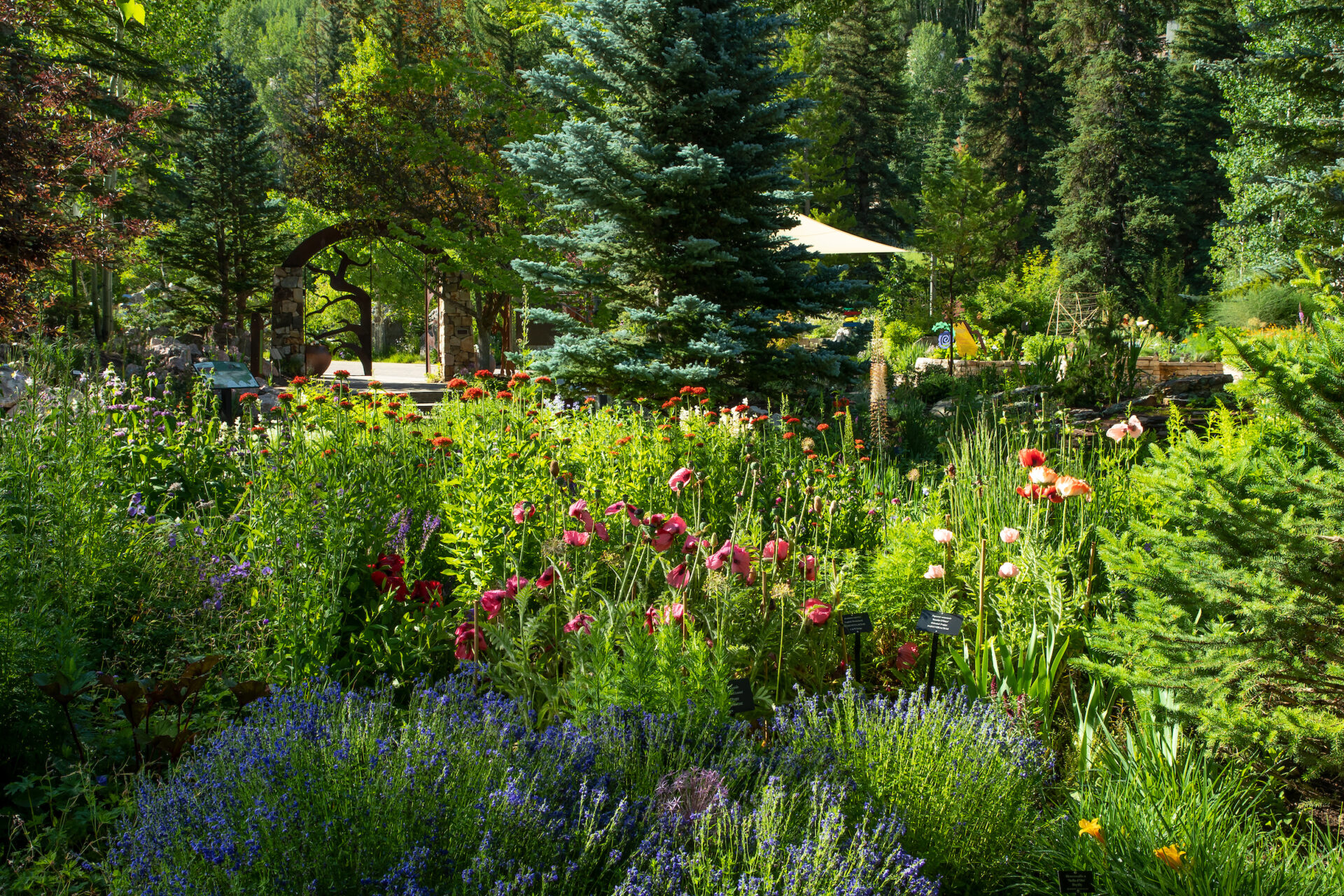IN THE NEWS
Betty Ford Alpine Gardens in the News
All the latest news from the gardens including events, new developments, science, and research projects.
2024
Learn about Eagle County’s dinosaurs at Betty Ford Alpine Gardens this summer (Vail Daily, June 29, 2024)
Betty Ford, the former first lady who loved Vail, is now on a postage stamp (Vail Daily, March 9, 2024)
2023
How to Create a Rock Garden (US News, September 7, 2023)
The Beauty -and Science -of the Betty Ford Alpine Gardens (Spoke + Blossom, August 2023)
From 18th-century explorers to modern-day scientists, Betty Ford Alpine Gardens educates on global climate change with 10-Panel exhibit (Real Vail, July 18, 2023)
Betty Ford Alpine Gardens working to protect Colorado’s pollinators (NBS 9News, June 20, 2023)
Betty Ford Alpine Gardens Hosts Annual Butterfly Launch and Breaking Records Exhibit (Vail Daily, May 18, 2023)
Best Things To Do in Vail: Betty Ford Alpine Gardens (US News & World Report, February 21, 2023)
Best of Vail: Betty Ford Alpine Gardens (Vail Beaver Creek Magazine)
The Visit to Betty Ford’s Alpine Gardens (Fine Gardening Magazine)
2022
The Best Places to Eat, Stay, and Adventure in Vail, Colorado (AFAR, December 15, 2022)
Preparing your garden for winter at North America’s highest botanical gardens in Vail (Colorado Public Radio, November 1, 2022)
A venue in the clouds, Colorado’s Betty Ford Alpine Garden is unlike any other (The Colorado Springs Gazette, September 1, 2022)
Seize the day! The wildflowers won’t wait (Vail Daily, July 22, 2022)
North American Alpine Plant Conservation Strategy Published (Botanic Gardens Journal, July 2022)
What happens when the birds and bees can’t pollinate? (Vail Daily, May 11, 2022)
Updates on the North American Botanic Garden Strategy for Alpine Plant Conservation (Center for Plant Conservation, May 6, 2022)
Progress on Alpine Conservation at the Betty Ford Alpine Gardens (North American Rock Garden Society, May 3, 2022)
Not Just Another Pretty Coffee Table Book (Mountain Living, April 25, 2022
Water towers on the roof of the Rocky Mountains (Vail Daily, February 27, 2022)
A world-renowned botanic garden in our backyard (Vail Daily, January 25, 2022)
Earlier
Discover Colorado and explore the highest elevation botanical garden in North America (Denver Channel 7 (ABC), July 30, 2021)
Five Reasons to Visit Vail’s Betty Ford Alpine Gardens (Aspen Sojourner, July 5, 2021)
Land Above the Trees (Vail-Beaver Creek Magazine, June 24, 2021)
Alpine Environments in Peril (Vail-Beaver Creek Magazine, June 24, 2021)
Perennial Favorites in the Alpine Habitat (Vail-Beaver Creek Magazine, June 24, 2021)
More than just a garden: Betty Ford Alpine Gardens continues commitment to research, education, nature during COVID-19 (Vail Daily, July 24, 2020)
Betty Ford Alpine Gardens: The highest-elevation botanical garden on earth is amazing and worth a stop when you’re in Vail (Condé Nast Traveler Magazine, July 14, 2020)
Alpine Plant Conservation At Betty Ford Alpine Gardens (Botanic Gardens Journal, July 2018)
Rising to a Gardening Challenge: Betty Ford Alpine Gardens (The American Gardener Magazine, May/June 2016)
Betty Ford gardens help catalog rare plant species in Colorado (Glenwood Springs Post Independent, February 25, 2015)
Insider Guides: Betty Ford Alpine Gardens (Sunset Magazine, September 2015)
Betty Ford Alpine Gardens Now the Official Alpine Plant Collection of Colorado (Post Independent, December 10, 2010)



